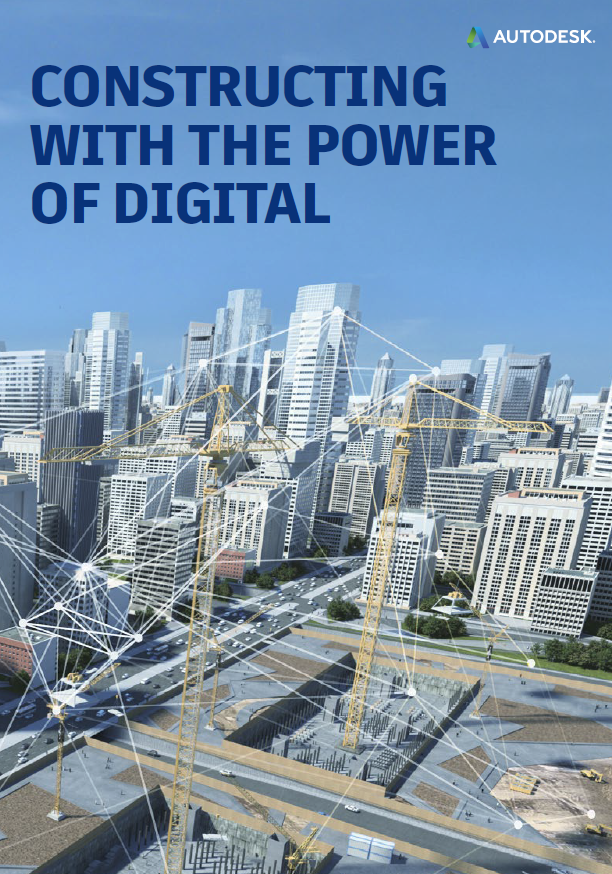[eBook] Take the Risk and Uncertainty out of Government Construction

It’s no surprise that the practice of designing, building, and operating public sector buildings and infrastructure must change. As our built environments become increasingly complex, it’s vital that project team productivity and asset performance levels are addressed. According to KPMG, just a quarter of construction projects in the last three years came within 10% of their original deadlines.
But technology is changing that. Particularly in how we design, construct and operate buildings and infrastructure.
Taking the risk out of construction and uncertainty out of work pipelines, improving project delivery and creating project efficiencies, meeting government budgets, and improving quality across projects can all be accomplished thanks to technology. Consider for example, Building Information Modeling (BIM). The benefits of BIM are now too compelling to ignore: In 2013/14, was a significant contributor to over £800 million savings in construction costs in the U.K. alone.
Welcome to the Era of Connection
We’re entering an era when agencies and the contractors that support them will have democratic access to a new set of connected capabilities.
Tools like Autodesk BIM 360 are making it easier than ever to connect teams across geographic boundaries and give access to project data throughout the building construction lifecycle to optimize and manage all aspects of construction performance. Need to solve complex design problems, connected insights using the infinite computing power of the cloud and big data can help to drive design decisions. Connected outcomes are being fueled by the capability to “start with the end in mind”, i.e. connecting digital and physical worlds together through reality capture, gaming engines, and augmented /virtual reality, so teams can explore and refine options in the context of the real-world systems in which they are planned to reside.
Then there are connected assets. As cities become digitally “lit up” through the IoT, that experience will be personalized between assets too; for example, transport systems communicating the impact of delays in real-time on passenger journeys, and advising alternative routes.
That’s just the tip of the iceberg. Download out this ebook, and learn more about the opportunities to increase efficiencies, decrease risk, and improve quality through the power of connection.
From work pipelines driven by sensors to estimates designed by algorithms; from printed buildings to big data-driven scheduling; from new forms of project funding to a new era of digitally driven localism for our built environment, the implications for the AEC industry are profound.
Three technology disruptions in how government designs, builds and operates building and infrastructure are giving rise to a new era, one in which agencies and their contractors will have democratic access to a new set of connected capabilities
















































